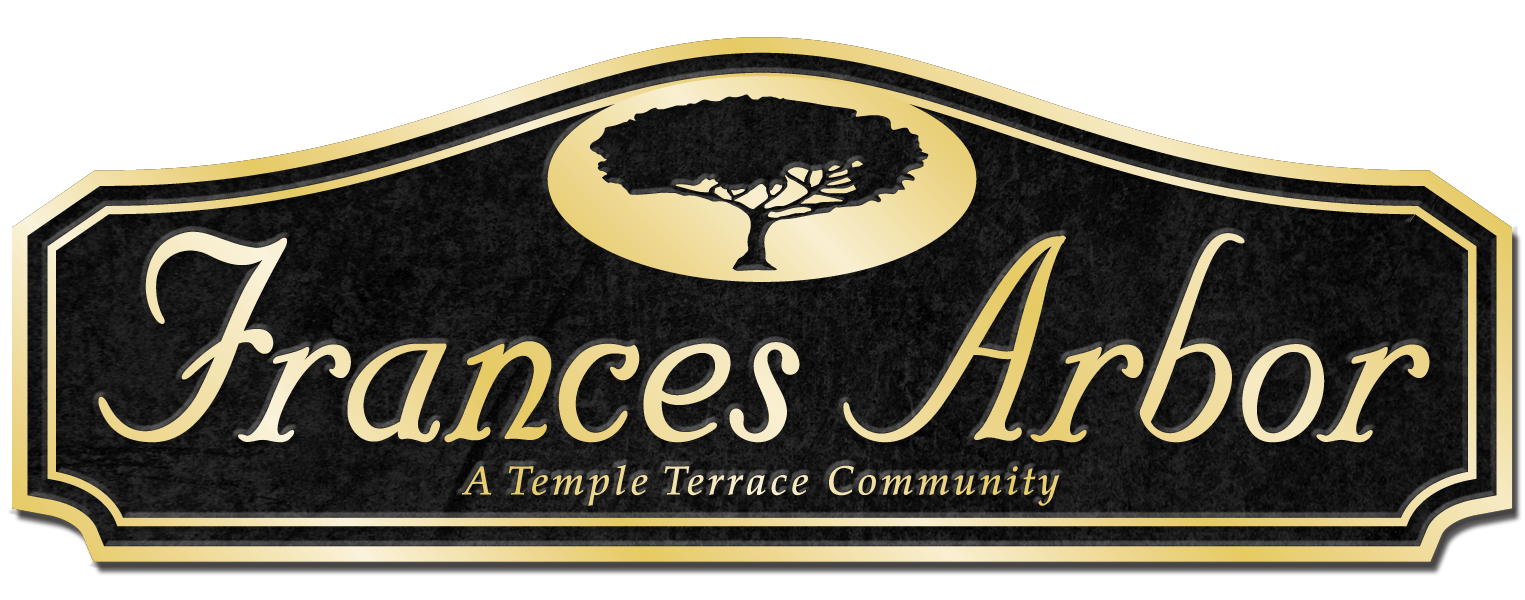Our History...
In 1911, the land that is now Temple Terrace was acquired by the famous Potter Palmer family of Chicago as a portion of their 6,000-acre winter hunting preserve. After Mrs. Palmer’s death in 1918, the family sold its holdings to three developers who formed two development corporations—Temple Terrace Estates, Inc., who developed the golf course and residential areas; and Temple Terraces, Inc., who developed 5,000 acres of orange groves that originally surrounded the City, the largest orange grove in the world in 1922.
And it was for these oranges that the City was named. A new kind of orange, the “Temple” was grown in the community’s extensive citrus groves. The new development was originally targeted to be a golf course community for the wealthy elite of the North. Each homeowner would have a winter villa and citrus grove tract to occupy their time and provide extra income. The architecture of the community was developed in the Mediterranean Revival theme, as the Florida sunshine and climate reminded many of exotic locales such as Spain and the Mediterranean area, and developers sought to capture this mystique in the architecture of the community. Red barrel tiles from Cuba and Spain certified to be over 100 years old were imported for the roofs of over 80 homes that were built in this style during the early 1920s. Many of these homes have been lovingly restored and can be seen along side the modern architecture of homes today.
The golf course, designed by famed Scottish designer Tom Bendelow, was particularly unique in that it meandered through the development so that no two holes would run side-by-side. Golf was an all-day affair, with families following matches on the roads that ran along side the fairways. Following a day on the links, residents congregated at the country club for their meals. In fact, meals at the country club were such an integral part of the Temple Terrace lifestyle that homes were built with very minimal kitchen facilities or even no kitchen at all!
The original town plan for Temple Terrace, created in 1922, was a model of town planning in its day. Between 1923 and 1925 during the land boom, streets were paved, storm sewers installed, and a well was drilled to tap spring water. On May 25, 1925, the City was incorporated, with D. Collins Gillette, one of the founding developers, serving as the first mayor, and Maude Fowler, one of the foremost women real estate operators in America, serving as vice mayor.
The stock market crash of 1929 and the Great Depression caused the City to fall upon hard times. The plan that developers originally had for Temple Terrace was never fully realized. When the Depression hit Temple Terrace, the town consisted of the golf course and the residential areas, with eighty-five Mediterranean Revival residences built. The population fell to about 200 people and municipal services debts were paid by residents bartering goods and services. Most of the orange groves had been wiped out in a hard freeze two years earlier in 1927 and 1928. The area remained stagnant for almost twenty years, until the housing boom after World War II.
In 1960, the population of the City climbed to 3,812, making Temple Terrace the second fastest growing city in the U.S. Today, with a population of over 27,000 the City continues to grow and flourish. Annexations of surrounding unincorporated properties have allowed the City’s boundaries to grow to an area of 7.77 square miles. The convenient location and natural beauty of the area makes Temple Terrace an attractive destination to residents and businesses alike.













